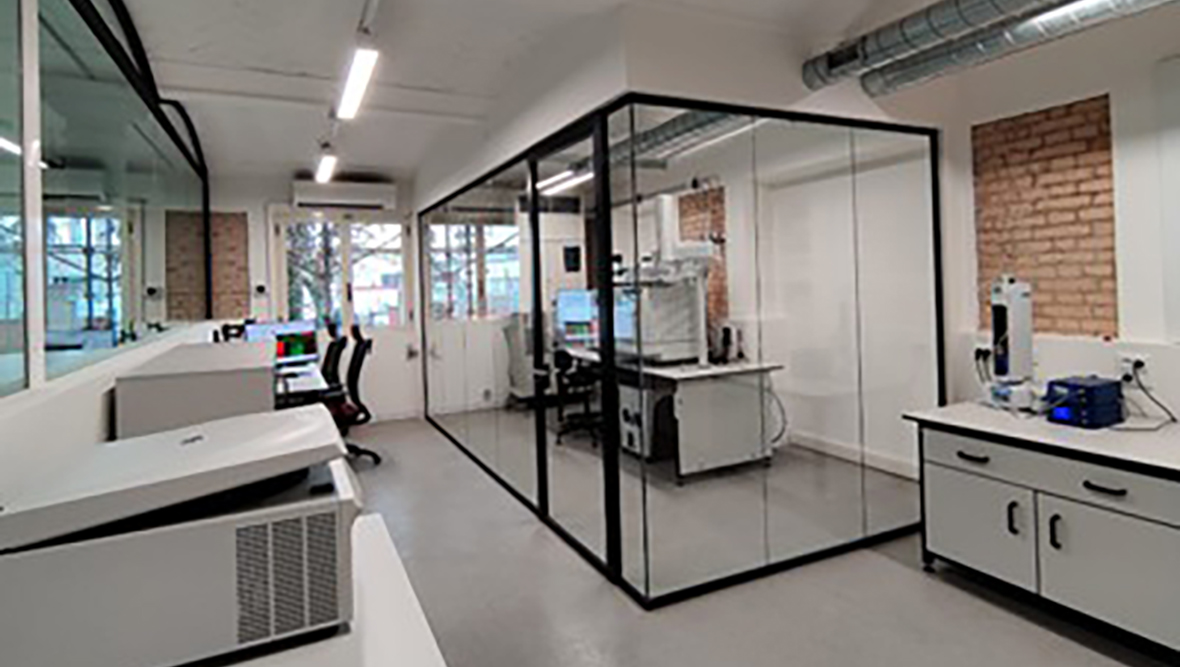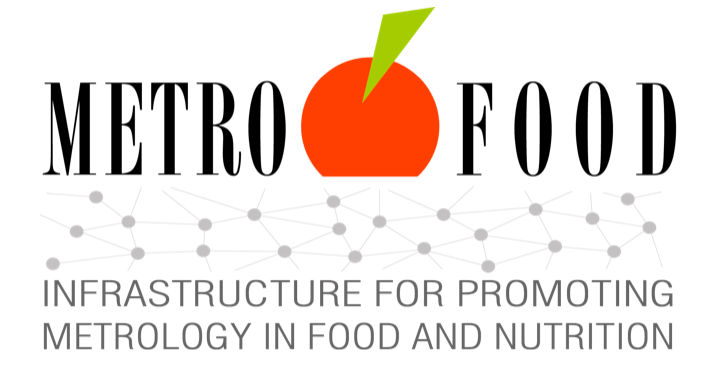Strengthening of the Italian Research Infrastructure for Metrology and Open Access Data in support to the Agrifood

METROFOOD-IT: Article on the Use of Electronic Nose as a Screening Technique Published in the Journal Food Chemistry
The University of Parma has achieved another important scientific result within the METROFOOD-IT project: a recent article was published in the journal Food Chemistry regarding the use of the electronic nose (e-nose) as a screening technique for detecting fungal contamination in wheat by Claviceps purpurea, the fungus responsible for the production of Ergot Alkaloid (EA) toxins. An analytical platform was also developed to characterize the volatilome associated with C. purpurea fungal contamination, based on gas chromatography coupled to high-resolution mass spectrometry (GC-Orbitrap-HRMS) and chemometric techniques for both supervised and unsupervised multivariate analysis.
The study (Electronic nose technology for the detection of ergot alkaloid in soft wheat and identification of the relevant volatile compounds by solid phase microextraction/gas chromatography-high resolution Orbitrap-mass spectrometry coupled to chemometrics), published in open access format for full public sharing, was carried out within the framework of the METROFOOD-IT PNRR project using facilities acquired through the new research infrastructure. The article lists among its authors the project coordinator Prof. Maria Careri, Professors Federica Bianchi and Monica Mattarozzi, Professor Marco Giannetto, and other researchers from the UNIPR1 operating unit – Smart Analytical Sensors Unit. The research group from the Department of Chemical, Life and Environmental Sustainability Sciences collaborated with Prof. Chiara Dall’Asta, whose research focuses on the biotransformation of mycotoxins, and Prof. Massimo Blandino from the University of Turin, an expert in cereal production strategies, sustainability, and quality.
More specifically, the University of Parma research group demonstrated for the first time the potential of the electronic nose based on 10 MOS sensors (PEN 3) as a screening technique to detect EA contamination in wheat samples. They were able to discriminate between contaminated samples (with total mycotoxin concentrations above the legal threshold set by EU regulations), samples below that threshold, and control samples. The excellent performance and effectiveness of the multivariate PLS-DA and SVM models enabled a strong predictive capability, correctly classifying 96% of the samples.
Furthermore, an untargeted approach based on GC-Orbitrap-HRMS (Thermo Fisher Scientific), also combined with multivariate data processing, enabled an in-depth characterization of the volatilome associated with C. purpurea contamination and the corresponding EA production. This proved to be a powerful tool for identifying 19 differential markers, which effectively allowed the discrimination—using both supervised and unsupervised multivariate models—between control, low-contamination, and high-contamination samples.
The authors highlight that this is the first metabolomics study conducted using an untargeted GC-Orbitrap HRMS platform on soft wheat samples aimed at identifying volatile secondary metabolites related to EAs. They also stress the relevance of e-nose studies as a screening method, contributing to the development of rapid, low-cost, and portable innovative solutions for future industrial applications—an objective of the METROFOOD-IT project within the broader context of digitizing agrifood systems.






